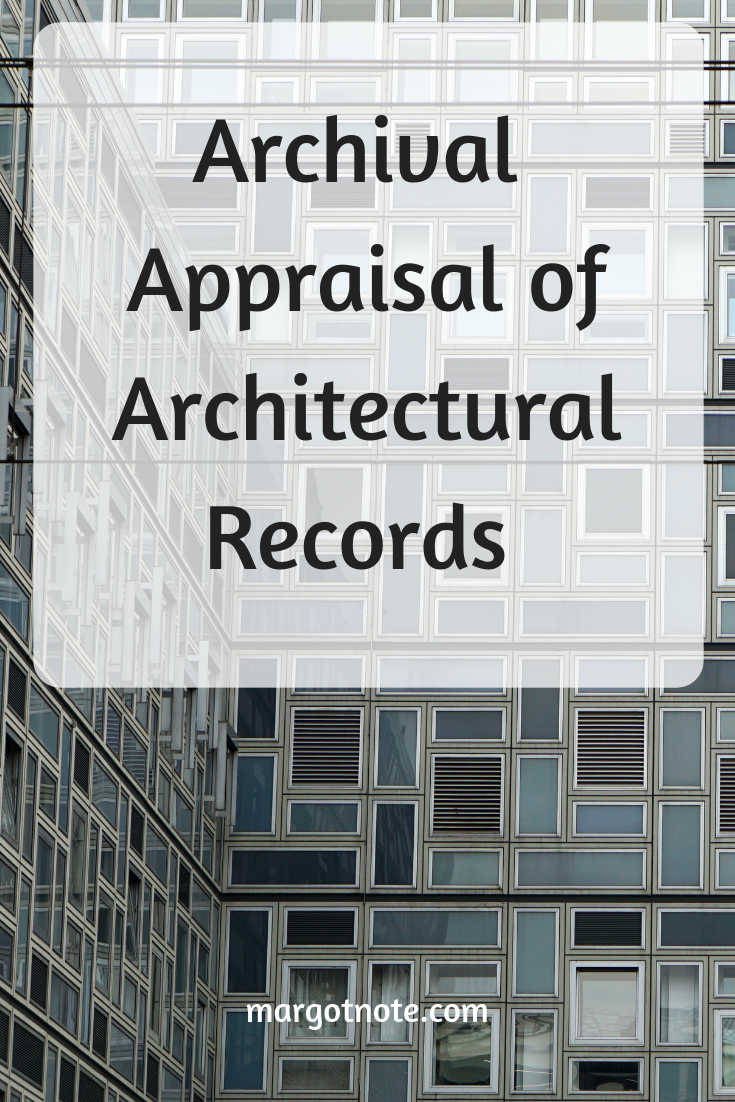Since photography’s conception at a time when buildings were a frequent subject for the lens, photographic documentation has been instrumental in raising awareness of our architectural heritage from the ancient to the modern, urban to remote, grand to vernacular.
Viewers usually engage with the world’s great monuments through images and plans, which act as representations of the architecture itself. Rather than neutral reproductions of the past, architectural records are visual constructions with historical, aesthetic, and cultural frames of reference and connotations that evolve in response to changing contexts.
Archivists as Mediators
Just as architecture reconciles social values and fabricated forms, so too do archivists act as mediators between photographic representations of the built environment and their users, such as researchers, architects, and conservationists. When presenting photography and other architectural records as a source of historical knowledge based on visual information, archivists must interpret what is displayed in these sites, symbolizing buildings they may never have visited.
Attempting such a monumental task requires understanding that archivists are active agents in architectural records collections, as they acquire, select, interpret, describe, preserve, and make accessible their holdings.
The Challenges of Architectural Collections
Architectural records are often dispersed, voluminous, transitory, and fragile. They come from a wide range of records creators, including architects and those in building and planning, urban design, landscape architecture, and engineering. There is an equally wide range of formats, such as drawings, photos, contracts, and newspaper clippings. These records, of course, can be analog and digital. Increasingly, architectural documents are complex born-digital records created with software that is atypical for what archives maintain.
Architectural records require specialized knowledge. Most archivists are unfamiliar with building plans and need to learn how to read architectural drawings which have a vocabulary as well as a graphic language. In addition, they are bulky, and individual items may be large. Archives are often not equipped to handle the physical objects. Their cumbersome nature often means they are rolled up, which means they must be unrolled for users. They usually come in multiples, and it is not easy to discern order, versions, and duplicates. Archivists need to consider both the value of the records and the importance of the structures they are documenting. These factors must be considered with the usual attention to the repository’s collecting policy and archival collections management.
Familiarizing Yourself with Key Concepts
As an archivist, you should first identify the context of the architectural records. Look for familiar information in terms of what you know about the drawing, the buildings, and the provenance. Then you should situate the drawing by identifying critical information such as date, architect and client names, building, and location.
Consider the historical aspects of the collections, such as people, places, and events, as well as the social attributes, like ways of living and working, building, and type. You might also consider technical details about the building or the drawing itself. Most importantly, aesthetic elements should be explored, such as the architecture style.
Adapting Appraisal Guidelines
No single solution to the challenges of preserving and making accessible architectural documents exists—but archivists who are new to these collections should review appraisal guidelines established by other repositories and architectural firms. Appraisal decisions need to consider the significant space, staff, and preservation costs these collections may require. Records creators, such as architects, need to understand that they are responsible for managing their records, not only for legal and practical purposes but for cultural and historical reasons as well.
As archivists of architectural records collections become increasingly knowledgeable about their subject, they can make wise appraisal decisions and preserve architectural archives with evidential, representative, and future values for scholars.
The blog was originally published on Lucidea's blog.































